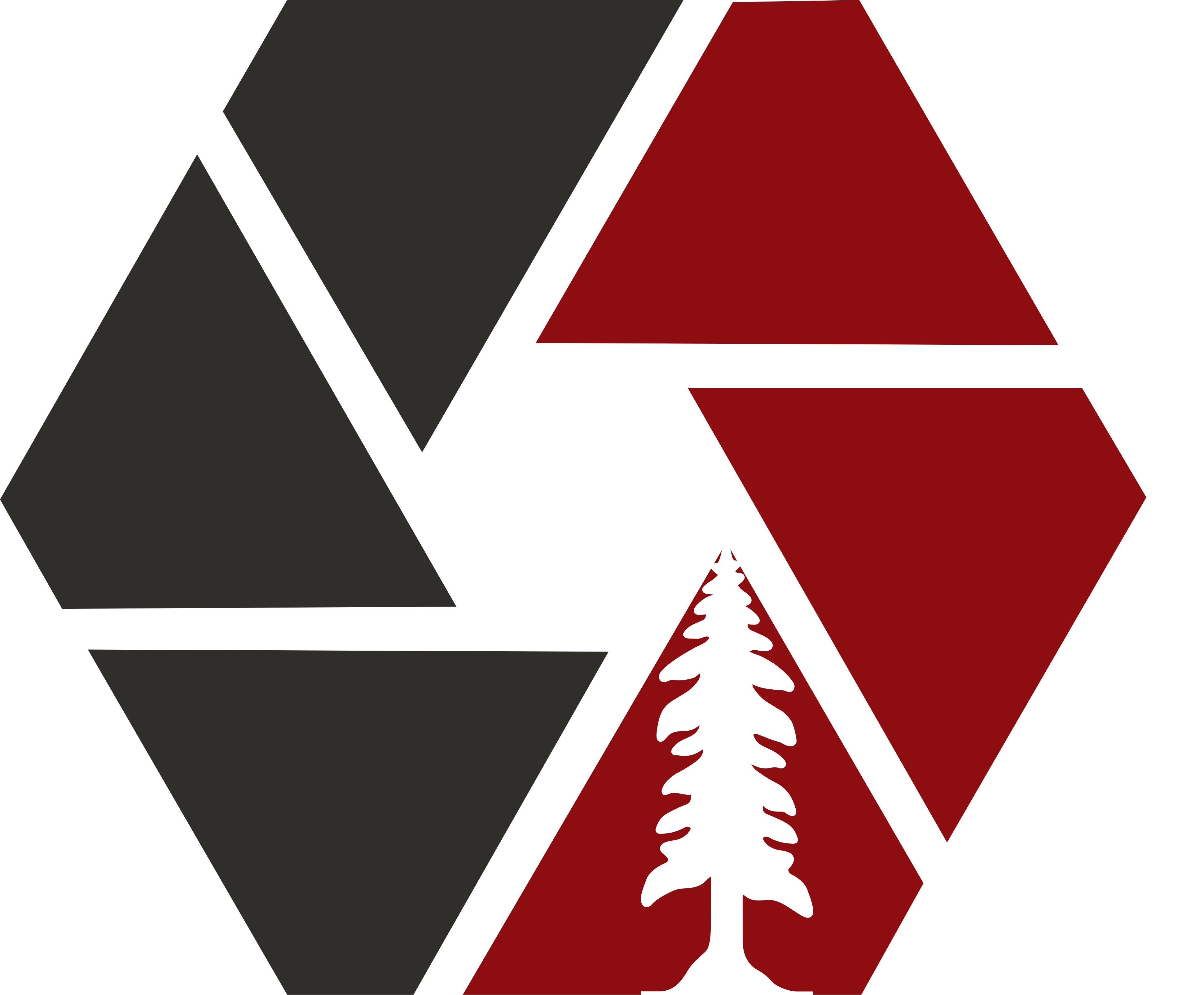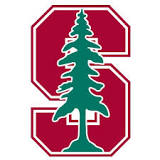

Computational imaging systems have a wide range of applications in consumer electronics, scientific imaging, HCI, medical imaging, microscopy, and remote sensing. We discuss digital photography and basic image processing, convolutional neural networks for image processing, denoising, deconvolution, single pixel imaging, inverse problems in imaging, proximal gradient methods, introduction to wave optics, time-of-flight imaging, end-to-end optimization of optics and imaging processing. Emphasis is on applied image processing and solving inverse problems using classic algorithms, formal optimization, and modern artificial intelligence techniques. Students learn to apply material by implementing and investigating image processing algorithms in Python. Term project. Recommended: EE261, EE263, EE278. (Course Catalog Entry)
Topics include:
Class is on Mondays and Wednesdays 1:30-2:50pm in Y2E2 111. All lectures are recorded and the videos will be available on canvas in a timely manner.
Email (ee367-win2324-staff@lists.stanford.edu) us ONLY when your problems cannot be resolved via Ed Discussion.
| Week | Date | Event | Description | Material | Readings |
|---|---|---|---|---|---|
| Week 1 | Mon 1/8 |
Lecture 1 |
Introduction and fast forward Overview of class, logistics, discussion of project ideas |
[slides]
|
|
| Wed 1/10 |
Lecture 2 |
The human visual system Perception of color, depth, contrast, resolution, ... |
[slides] | Hybrid Images Paper | |
| Wed 1/10 |
HW1 out | [link] | |||
| Fri 1/12 |
Problem session 1 | [slides] | |||
| Week 2 | Mon 1/15 |
MLK Day (No Lecture) | |||
| Wed 1/17 |
Lecture 3 |
Digital photography I Ray optics, aperture, depth of field, exposure, sensor, noise |
[slides] | Archived Course CS178 | |
| Wed 1/17 |
HW2 out | [link] | |||
| Fri 1/19 |
Problem session 2 | [slides] | |||
| Fri 1/19 |
Homework #1 due at 11:59pm | ||||
| Week 3 | Mon 1/22 |
Lecture 4 |
Digital photography II CameraISP, demosaicking, denoising, deconvolution |
[slides] |
Demosaicking Paper Non-local Means Paper Intro to Bilateral Filtering |
| Wed 1/24 |
Lecture 5 |
Math review Quick review of sampling, optimization, deconvolution, ... |
[slides] | ||
| Wed 1/24 |
HW3 out | [link] | |||
| Fri 1/26 |
Problem session 3 | [slides] | |||
| Fri 1/26 |
Homework #2 due at 11:59pm | ||||
| Week 4 | Mon 1/29 |
Lecture 6 |
Great ideas in computational photography HDR, tone mapping, coded apertures, flutter shutter |
[slides] |
HDR Imaging Paper Tone Mapping Paper Ext. Depth of Field Paper Flutter Shutter Paper Learned Coded Apertures Neural Sensors |
| Wed 1/31 |
Lecture 7 |
Guest Lecture by Dr. Orly Liba Computational photography at Google (burst imaging, night sight, ...) |
[slides] | ||
| Wed 1/31 |
HW4 out | [link] | |||
| Fri 2/2 |
Problem session 4 | [slides] | |||
| Fri 2/2 |
Homework #3 due at 11:59pm | ||||
| Week 5 | Mon 2/5 |
Lecture 8 |
Introduction to neural networks MLPs, CNNs, ResNets, denoising with CNNs |
[slides] | |
| Wed 2/7 |
Lecture 9 |
Solving inverse problems with neural networks UNet, deconvolution with CNNs, ... |
[slides] | ||
| Wed 2/7 |
HW5 out | [link] | |||
| Fri 2/9 |
Problem session 5 | slides | |||
| Fri 2/9 |
Homework #4 due at 11:59pm | ||||
| Week 6 | Mon 2/12 |
Lecture 10 |
Image deconvolution with HQS natural image priors, half quadratic splitting (HQS), and efficient deconvolution with image priors |
[slides] | Lecture 10 Notes |
| Wed 2/14 |
Lecture 11 |
Solving regularized inverse problems with ADMM Single-pixel imaging, ADMM, solving general inverse problems |
[slides] | Lecture 11 Notes | |
| Wed 2/14 |
HW6 out | [link] | |||
| Fri 2/16 |
Problem session 6 | [link] | |||
| Fri 2/16 |
Homework #5 due at 11:59pm | ||||
| Week 7 | Mon 2/19 |
President's Day (No Lecture) | |||
| Wed 2/21 |
Lecture 12 |
Introduction to wave optics and deep optics free-space wave propagation, diffraction limit, end-to-end optimization of optics and image processing using AI |
[slides] |
Deep Optics AI using Optics |
|
| Fri 2/23 |
Project Proposal due at 11:59pm | ||||
| Fri 2/23 |
Homework #6 due at 11:59pm | ||||
| Week 8 | Mon 2/26 |
Lecture 13 |
Phase retrieval and holography phase retrieval, Fourier ptychography, computer-generated holography |
[slides] | |
| Wed 2/28 |
Midterm |
||||
| Week 9 | Mon 3/4 |
Lecture 14 |
Guest Lecture by Dr. Katie Bouman on zoom Imaging black holes |
[slides] | |
| Wed 3/6 |
Lecture 15 |
Guest Lecture by Dr. David Lindell on zoom Time-of-flight, single-photon, and non-line-of-sight imaging |
[slides] | ||
| Week 10 | Mon 3/11 |
Lecture 16 |
Guest Lecture by Axel Levy Computational imaging for structural biology: cryo-EM, x-ray, and more |
[slides] | |
| Wed 3/13 |
Final Project - poster presentation 1:30-3:00pm, Packard Atrium, 36(W)*24(H) |
ProjectPosterTemplate.ppt | |||
| Fri 3/15 |
Final Project - report and code due on 3/15/2024, 11:59pm |
iccp2020_latex_template.zip |
There is no textbook for this course but students are required to read additional resources as indicated for each lecture or week. These readings will help get a better intuition and deeper insights into the topics of this course. The readings may also be required to complete tasks for assignments.
Detailed course notes are available for the topics covered in week 6: deconvolution, single-pixel imaging, and solving regularized inverse problems; the half-quadratic splitting (HQS) method; the alternating direction of multipliers (ADMM); noise and image reconstruction. orientation tracking with inertial measurement units (IMUs) and pose tracking with the VRduino. You can download these notes here:
If you have a question, to get a response from the teaching staff quickly we strongly encourage you to post it to the class Ed Discussion on canvas. For private matters, please make a private note visible only to the course instructors. For longer discussions with TAs and to get help in person, we strongly encourage you to come to office hours. You can also reach out to us via email using the course staff mailing list.
All assignments, your midterm, and the final project videos and reports should be submitted on Gradescope. Use the code VB64PD to join the class. If you work as a team, make sure to indicate your team member in the submission
There will be weekly assignments (see syllabus) in this class. These assignments will contain some theoretical questions and also implementations of techniques that we will discuss in class. Please refer to assignment writeups for details. After you finish, submit your code and report on Gradescope.
The course requirements include: (1) 6 assignments, (2) an in-class or virtual midterm (80 mins long), and (3) a major final project, including a project proposal, final ~6 page conference paper-style report, source code, and a poster (or video) presentation.
There are no "late days" for the assignments. If you choose to submit an assignment late, we will accept it for up to 24h after the submission deadline with a 30% penalty (final grade multiplied by 0.7).
The final project grade takes into account your poster presentation (organization of poster, clarify of presentation, ability to answer question), your source code submission (code organization and documentation), and your final project report (approriate format and length, abstract, introduction, related work, description of your method, quantitative and qualitative evaluation of your method, results, discussion & conclusion, bibliography).
You can work in teams of up to 3 students for the project. Submit only one proposal and final report for each team. The expected amount of work is relative to the number of team members, so if two teams work on a similar project, we'd expect less work from a smaller team. Before you start to work on the proposal or the report, take a look at some of the past project proposals and reports to give you sense for what's expected.
The project proposal is a 1-2 page document that should contain the following elements: clear motivation of your idea, a discussion of related work along at least 3 scientific references (i.e., scientific papers not blog articles or websites), an overview of what exactly your project is about and what the final goals are, milestones for your team with a timeline and intermediate goals. Once you send us your proposal, we may ask you to revise it and we will assign a project mentor to your team.
The final project report should look like a short (~6 pages) conference paper. We expect the following sections, which are standard practice for conference papers: abstract, introduction, related work, theory (i.e., your approach), analysis and evaluation, results, discussion and conclusion, references. To make your life easier, we provide an LaTex template that you can use to get started on your report (see syllabus for link).
You can find some notable pinhole camera photos from previous offerings here
We will only support Python 3.7 and recommend that you install it using Anaconda or Miniconda (see installation instructions here).
Detailed instructions for printing your poster can be found here: https://ee.stanford.edu/student-resources/poster-printing-service
.The quick summary:
Some of the materials used in class build on that from other instructors. In particular, we will use some materials from Marc Levoy, Fredo Durand, Ramesh Raskar, Shree Nayar, Paul Debevec, Matthew O'Toole and others, as noted in the slides. Feel free to use these slides for academic or research purposes, but please maintain all acknowledgments. This webpage is based on the website for CS231N. We thank Andrej Karparthy, who designed the CS231N website and kindly shared the code with us. The course banner is re-designed based on this image used in a Udacity's post.